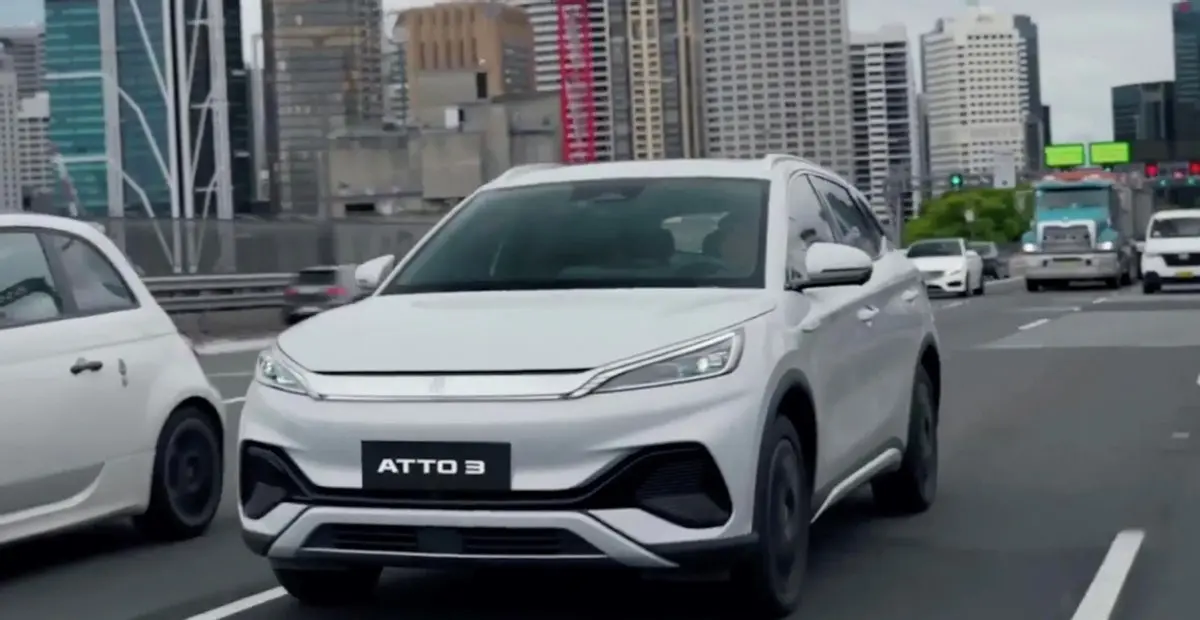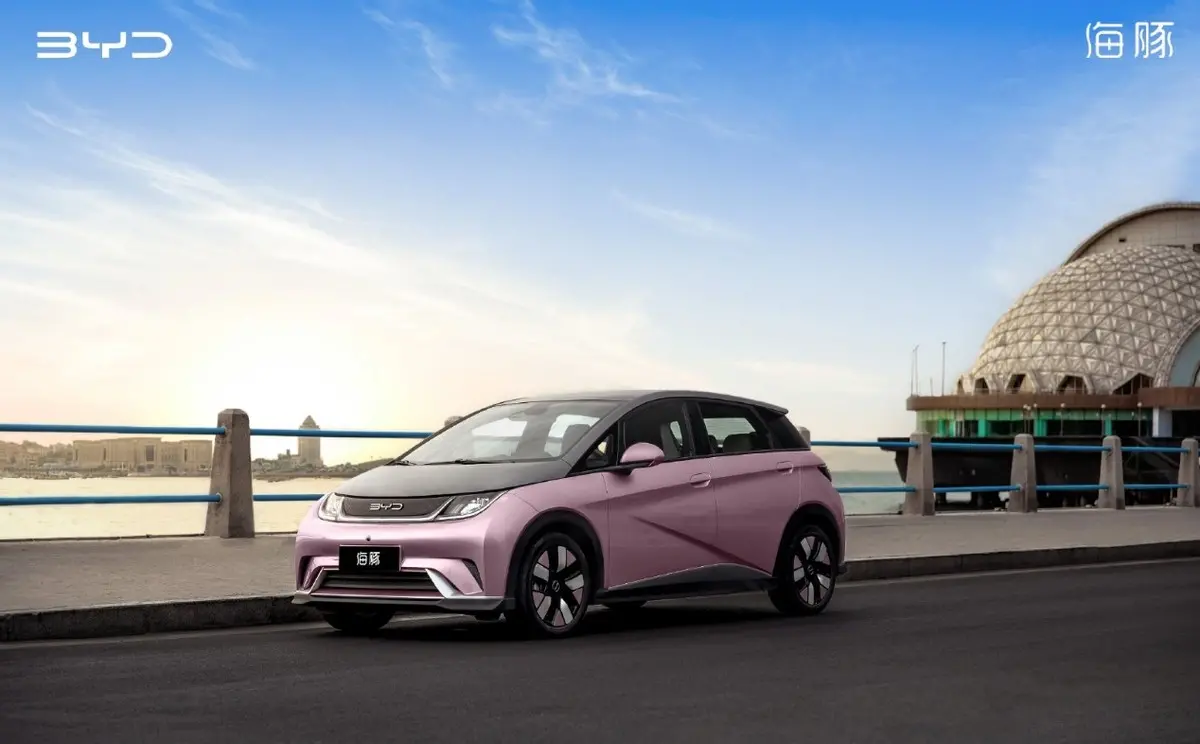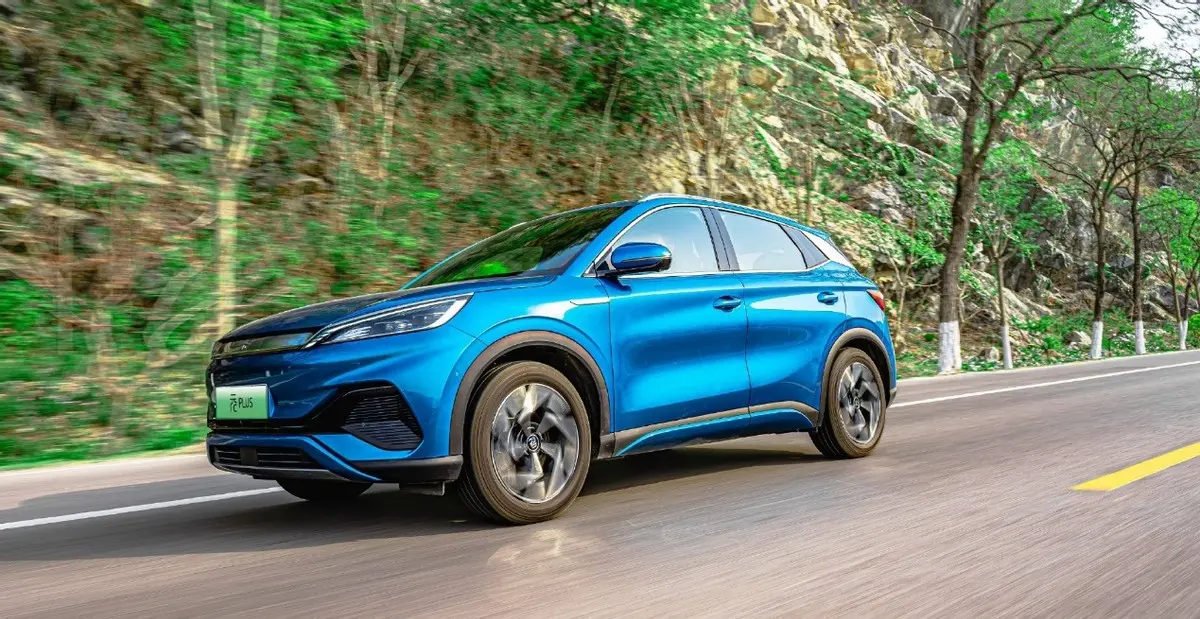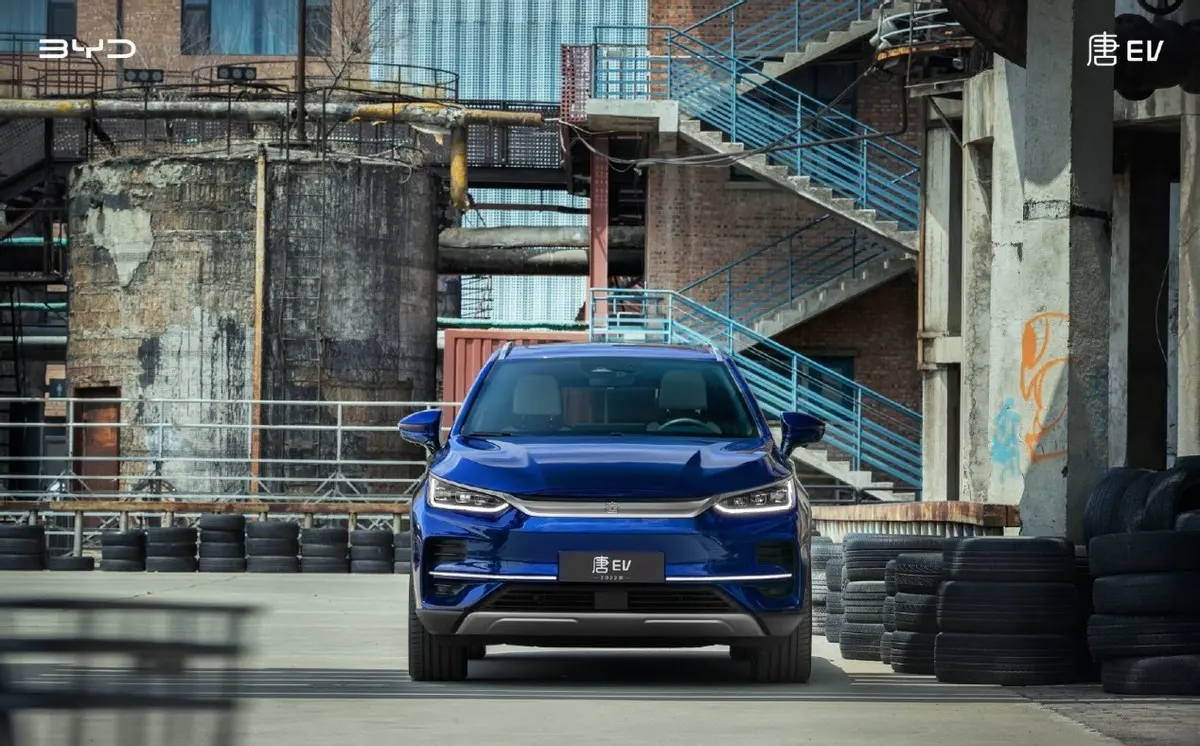Is it all because of gas prices? New energy car penetration rate of the top ten cities out a little surprising

A few days ago, a domestic statistical agency released a list of the top ten cities in China in terms of new energy vehicle penetration rate in May 2022, and the data in the list is interesting and worth exploring.

From the list, the top ten cities in China in terms of new energy vehicle penetration are Shanghai, Bozhou, Gannan Tibetan Autonomous Prefecture, Xuchang, Ezhou, Chongzuo, Liuzhou, Cebu, Laibin, and Wuhu.

This, in addition to Shanghai, is properly a super first-tier city, the rest of the cities are basically second and third-tier cities, which is actually very different from our traditional perception.
In our habitual thinking, new energy models generally have excellent sales in cities with restricted numbers or license plates, but only Shanghai basically meets the requirements, and I have inquired about the rest of the cities and basically did not find a strict number or license plate restrictions.

To a certain extent, the concept of domestic consumers' car purchase has actually undergone a relatively big change, the degree of acceptance of new energy vehicles has become higher and higher, and the private consumption market of new energy passenger cars has begun to expand from the restricted cities to first-tier and even second-and third-tier cities, and has even become the mainstream choice in the above cities.
So, why is there a growing acceptance of new energy vehicles among consumers? In my opinion, it is for the following reasons.
First of all, new energy does have obvious advantages in the late cost of using a car, as fuel prices continue to rise, the late cost of using a fuel car is also rising, especially in the relatively congested urban use environment, I have many friends have begun to complain about the cost of fuel per kilometer up to about 1 yuan.
And new energy vehicles do not have this concern, in the case of conditions to install charging piles, the cost per kilometer is almost only a few cents.
On the other hand, new energy vehicles due to higher battery costs, so the price compared to the same level of fuel cars are generally higher, but because the new energy vehicles in the purchase tax can enjoy a reduction in policy, so the final landing price and the same level of fuel cars gap is not as large as imagined, through the late cost of the car is fully able to make up for the difference in the purchase price.
In May, BYD sold 114,183 passenger cars, of which 60,834 were plug-in DM models and 53,349 were pure electric EV models.
Through BYD sales we can easily see that consumers are more receptive to the plug-in DM series models without range anxiety because most families in China have only one car, and not every family has the conditions to install charging piles, so they must take into account the inability to charge or run long-distance needs when purchasing a car, at this time, the oil and electric BYD DM-i series models are very competitive. The fuel economy performance is also excellent. The measured fuel consumption of Qin PLUS DM-i is only about 4.5L/100km, which is no less than that of Japanese cars, which are famous for their hybrid technology.
And BYD's pure electric EV models thanks to the blade battery, in terms of safety is guaranteed, and Han EV, Dolphin, Yuan PLUS, and other models are very accurate in positioning, space, and configuration, the price is also relatively generous, fully able to meet the needs of families with charging conditions, so the overall sales compared to plug-in models is not too big a gap.
In addition to the domestic market, BYD is also moving frequently in the overseas market, Yuan PLUS has been exported to the Australian market, where it has been well received, Tang EV is also in hot sale in the Norwegian market, and Yuan Pro EV has also started to sell in the Latin American market.
This means that the penetration rate of new energy vehicles is increasing from domestic to overseas; and BYD, as the leader of the domestic new energy vehicle market, has won the wide recognition of consumers at home and abroad.
And with the Han DM - I, Han DM-p and Seal and other star models been listed/pre-sold, BYD's technical strength has been further reflected, especially the DM-p series models on the basis of the DM-i further, to ensure fuel economy while also taking into account the needs of high performance, BYD Han DM-p 3.7 seconds to break 100 acceleration ability in 300,000 The price point already belongs to the very top achievement, and the loss of electricity fuel consumption is only 5.2L/100km, the performance is excellent.
On the other hand, based on the e platform 3.0, BYD Corsair premiered the CTB battery-body integration technology, and the battery cover and body floor further merged into one, so that the power battery system takes into account the role of the energy body and institutional components, simplifying the body structure and production process, not only to improve space performance, but also to further improve the body strength, and there are rear-drive, front double-wishbone + rear five-LYNK&CO suspension The combination of technologies such as e platform 3.0 is a masterpiece, which has an excellent performance in torsional stiffness and dynamic response and can be regarded as a strong competitor of Model 3.
With the continuous improvement of the technical strength of new energy models, and no hope of a significant reduction in fuel prices in the short term, I believe that the penetration of new energy models will be more widespread in the coming period of time, which also makes me more optimistic about the future performance of BYD, this year's independent brand passenger car sales champion should have been determined to win, let's wait and see.







